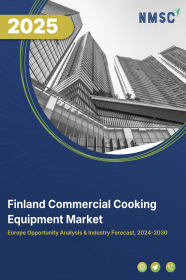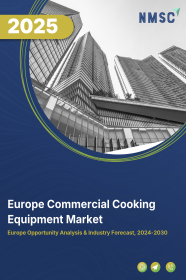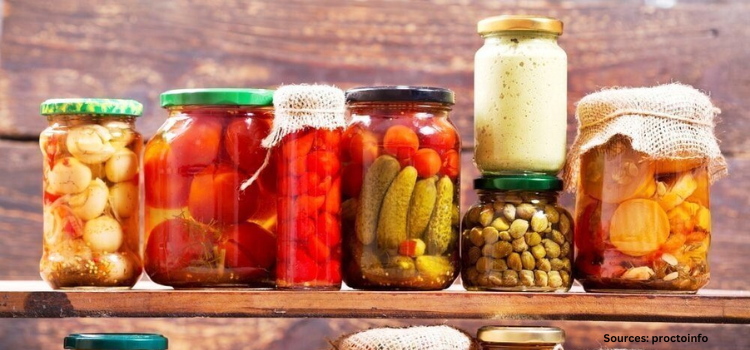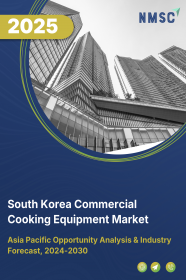
Sub Domain- Food Service South Korea Commercial Cooking Equipment Market by Product Type (Broilers, Grills and Griddles, Cook Chill Systems, Refrigerators, Ovens, Dishwashers and Others), by Size (Small-Scale Equipment, Medium-Scale Equipment and Large-Scale Equipment), and by End-User (Full-Service Restaurants, Quick Service Restaurants, Catering, Railway Dining, Resorts & Hotel, Hospitals and Others)- Opportunity Analysis and Industry Forecast, 2024– 2030
Industry: Retail and Consumer | Publish Date: 17-Mar-2025 | No of Pages: 113 | No. of Tables: 80 | No. of Figures: 45 | Format: PDF | Report Code : RC2952
US Tariff Impact on South Korea Commercial Cooking Equipment Market
Trump Tariffs Are Reshaping Global Business
South Korea Commercial Cooking Equipment Market Overview
The South Korea Commercial Cooking Equipment Market size was valued at USD 386.2 million in 2023, and is predicted to reach USD 609.7 million by 2030, at a CAGR of 6.3% from 2024 to 2030. In terms of volume, the market size was 57 thousand units in 2023, and is projected to reach 112 thousand units by 2030, with a CAGR of 9.5% from 2024 to 2030.
Commercial cooking equipment encompasses a variety of appliances and tools crafted for professional kitchens in restaurants, hotels, and catering businesses. Designed for efficiency and safety, this equipment is built with durable materials to endure continuous use, reducing downtime and ensuring a seamless kitchen workflow. Modern designs emphasize energy efficiency, helping businesses lower utility costs and environmental impact. Investing in top-tier hospitality cooking equipment is essential for maintaining smooth operations, enhancing competitiveness, and boosting profitability in the food service industry.
Expansion of South Korea's Hospitality Sector Driving Commercial Cooking Equipment Demand
The rapid South Korea commercial cooking equipment market trends of hospitality industry, encompassing restaurants, hotels, and catering services, is driving significant demand for restaurant cooking equipment. These establishments require efficient and high-capacity cooking systems to meet the increasing demands of their clientele. A notable example is the Inspire Integrated Resort, a USD 1.5 billion project launched in 2023. Set to become the largest tourism resort in Northeast Asia, the resort will feature a variety of dining facilities, including restaurants, cafes, and banquet halls. To support its diverse culinary offerings and ensure operational excellence, the resort will rely on top-quality commercial kitchen equipment such as industrial stoves, ovens, refrigeration units, and food preparation stations.
Rise in Tourism Drives Growth of Commercial Cooking Appliances
The surge in tourism in South Korea has led to a substantial increase in the demand for hospitality cooking appliances across various segments of the food service industry. Annually attracting millions of tourists eager to experience its rich cultural heritage and diverse cuisine, South Korea's dining scene is expanding rapidly.
This growth is prompting a wide range of establishments, from traditional eateries to international dining venues, to expand their menus and enhance their culinary offerings. As per a Korea Tourism Organization (KTO) report, South Korea welcomed nearly 10 million tourists in 2023, marking a remarkable 275.9% surge compared to the previous year. This upward trend is expected to continue, driving sustained demand for commercial cooking appliances to meet the diverse tastes of local patrons and international visitors alike.
Stringent Regulatory Requirements and Compliance Standards Hinder the Market Growth
Stringent regulatory requirements, such as the International Food Standards (IFS) and the Food Safety Modernization Act (FSMA), pose significant challenges for businesses investing in new food service equipment. These regulations, enforced by governmental agencies and industry associations, mandate specific protocols for food handling, storage, and preparation to ensure safety and compliance. Non-compliance can lead to penalties and reputational damage.
Moreover, meeting emissions standards necessitates investments in ventilation and filtration systems, increasing complexity and costs. These regulatory burdens, combined with the financial strain of purchasing compliant equipment and ongoing maintenance, particularly impact small and medium-sized enterprises (SMEs). Ultimately, these challenges hinder the adoption of new cooking equipment, constraining in South Korea commercial cooking equipment market growth and expansion in the food service industry.
Integration Of Advanced Technologies in CCE Creates Future Market Prospects
Integration of advanced technologies like smart cooking appliances, IoT-enabled kitchen equipment, and automation solutions will drive increased in South Korea commercial cooking equipment market demand for hospitality cooking equipment in forthcoming years. These innovations enhance efficiency, productivity, and sustainability by enabling precise monitoring, real-time data analysis, and automation of repetitive tasks in food service operations. This integration not only optimizes cooking processes and improves food quality but also supports sustainable practices by reducing energy consumption and waste.
Competitive Landscape
The key players operating in the South Korea commercial cooking equipment industry include Hoshizaki Electric Co., Ltd., Nara Machinery Co., Ltd., Korean Air, AB Electrolux, HWACHEON, Praim Kitchen, Locopine, Fagor Professional, Volza, Daewoo Kitchen Equipment, and others.
South Korea Commercial Cooking Equipment Market Key Segments
By Product Type
-
Broilers
-
Grills and Griddles
-
Cook Chill Systems
-
Refrigerators
-
Ovens
-
Dishwashers
-
Others
By Size
-
Small-Scale Equipment
-
Medium-Scale Equipment
-
Large-Scale Equipment
By End-User Industry
-
Full-Service Restaurants
-
Quick Service Restaurants
-
Catering
-
Railway Dining
-
Resorts & Hote
-
Hospitals
-
Others
Key Players
-
Hoshizaki Electric Co., Ltd.
-
Nara Machinery Co., Ltd.
-
Korean Air
-
AB Electrolux
-
HWACHEON
-
Praim Kitchen
-
Locopine
-
Fagor Professional
-
Volza
-
Daewoo Kitchen Equipment
REPORT SCOPE AND SEGMENTATION:
|
Parameters |
Details |
|
Market Size in 2023 |
USD 386.2 Million |
|
Revenue Forecast in 2030 |
USD 609.7 Million |
|
Growth Rate |
CAGR of 6.3% from 2024 to 2030 |
|
Market Volume in 2023 |
57 thousand Units |
|
Market Forecast in 2030 |
112 thousand Units |
|
Volume Growth Rate |
CAGR of 9.5% from 2024 to 2030 |
|
Analysis Period |
2023–2030 |
|
Base Year Considered |
2023 |
|
Forecast Period |
2024–2030 |
|
Market Size Estimation |
Million (USD) |
|
Market Volume Estimation |
Thousand Units |
|
Growth Factors |
|
|
Companies Profiled |
10 |
|
Market Share |
Available for 10 companies |
|
Customization Scope |
|
|
Pricing and Purchase Options |
Avail customized purchase options to meet your exact research needs. |









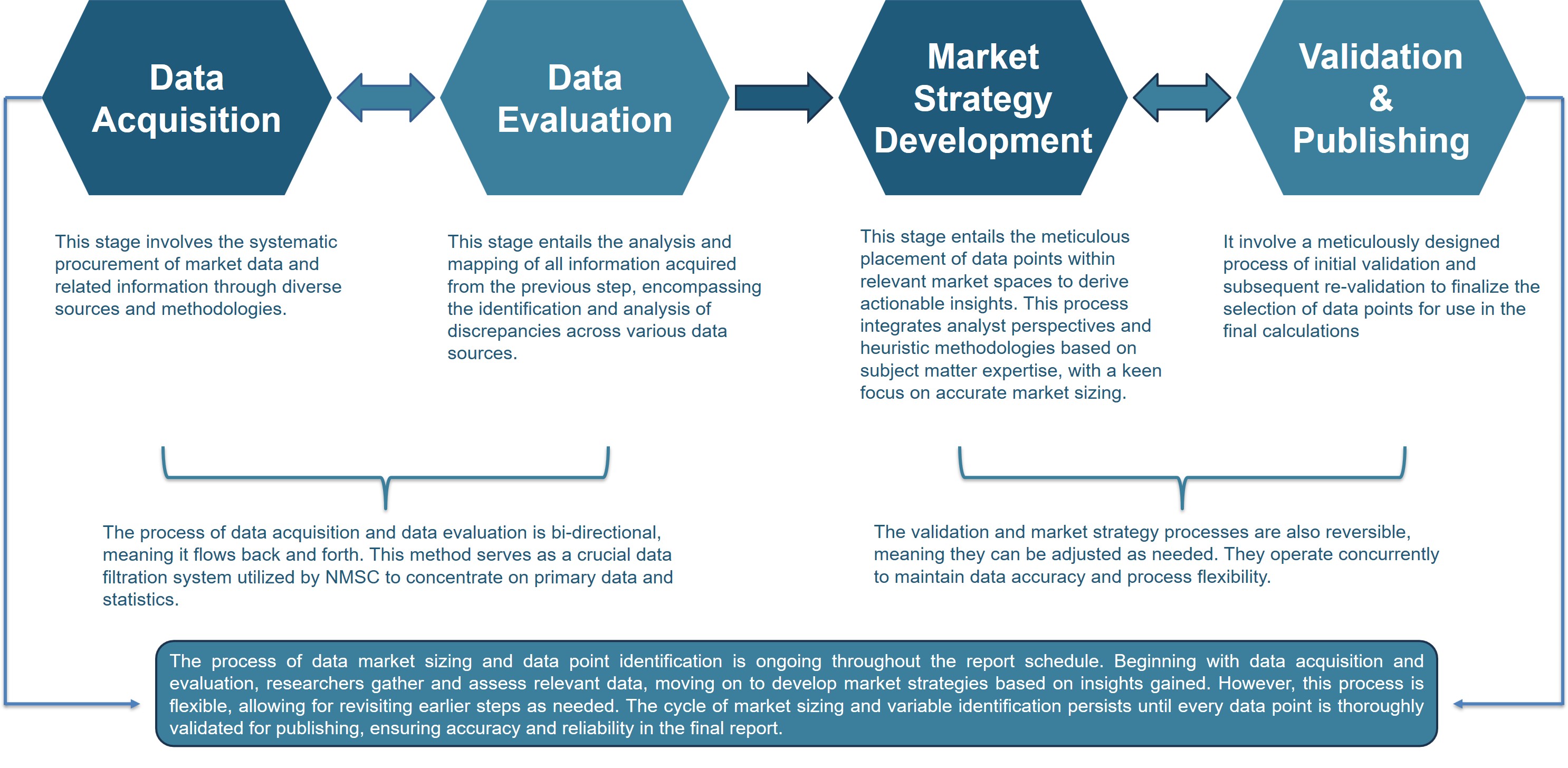



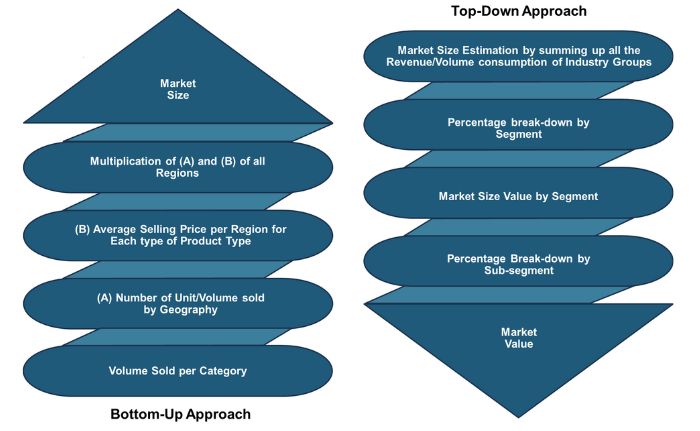
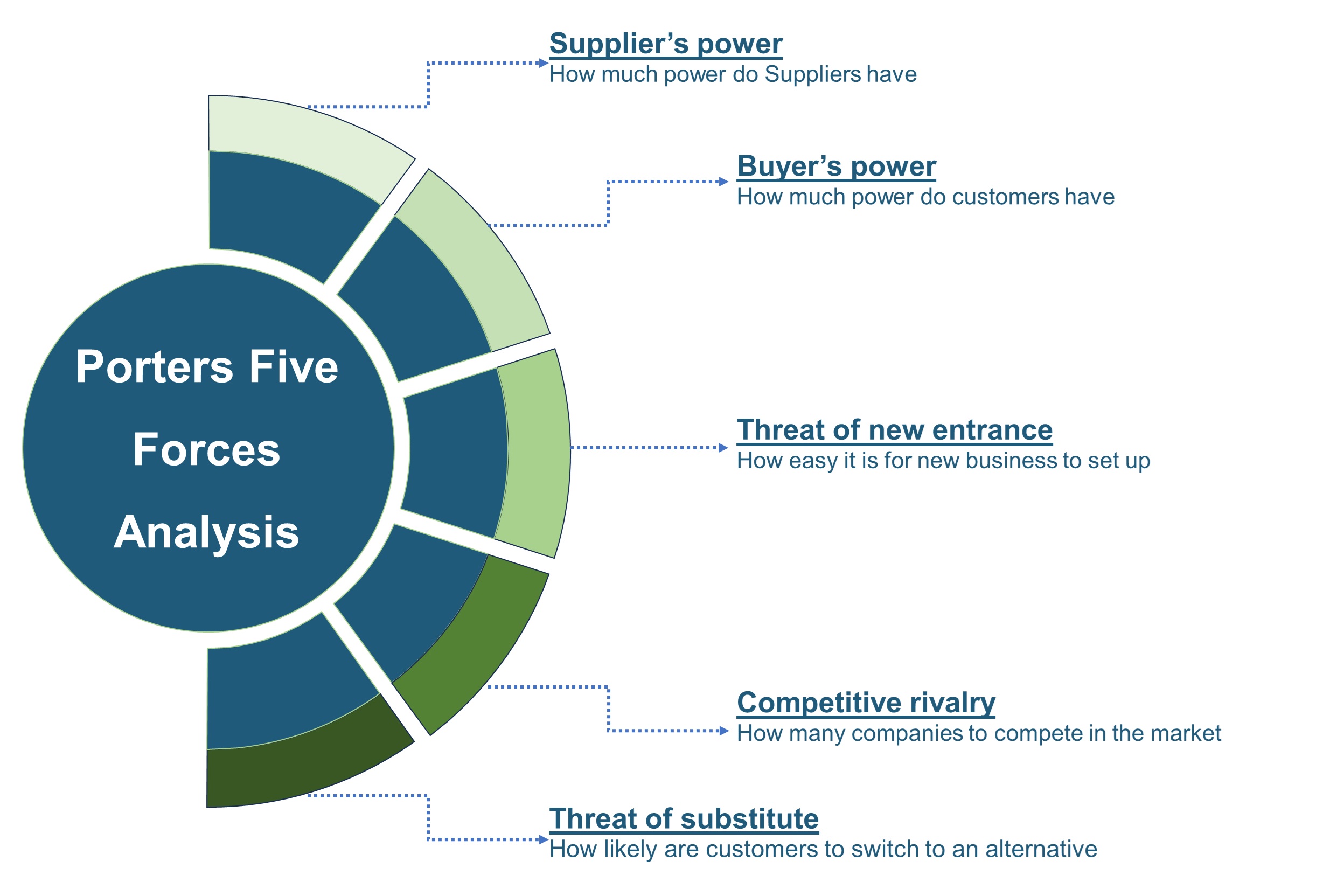
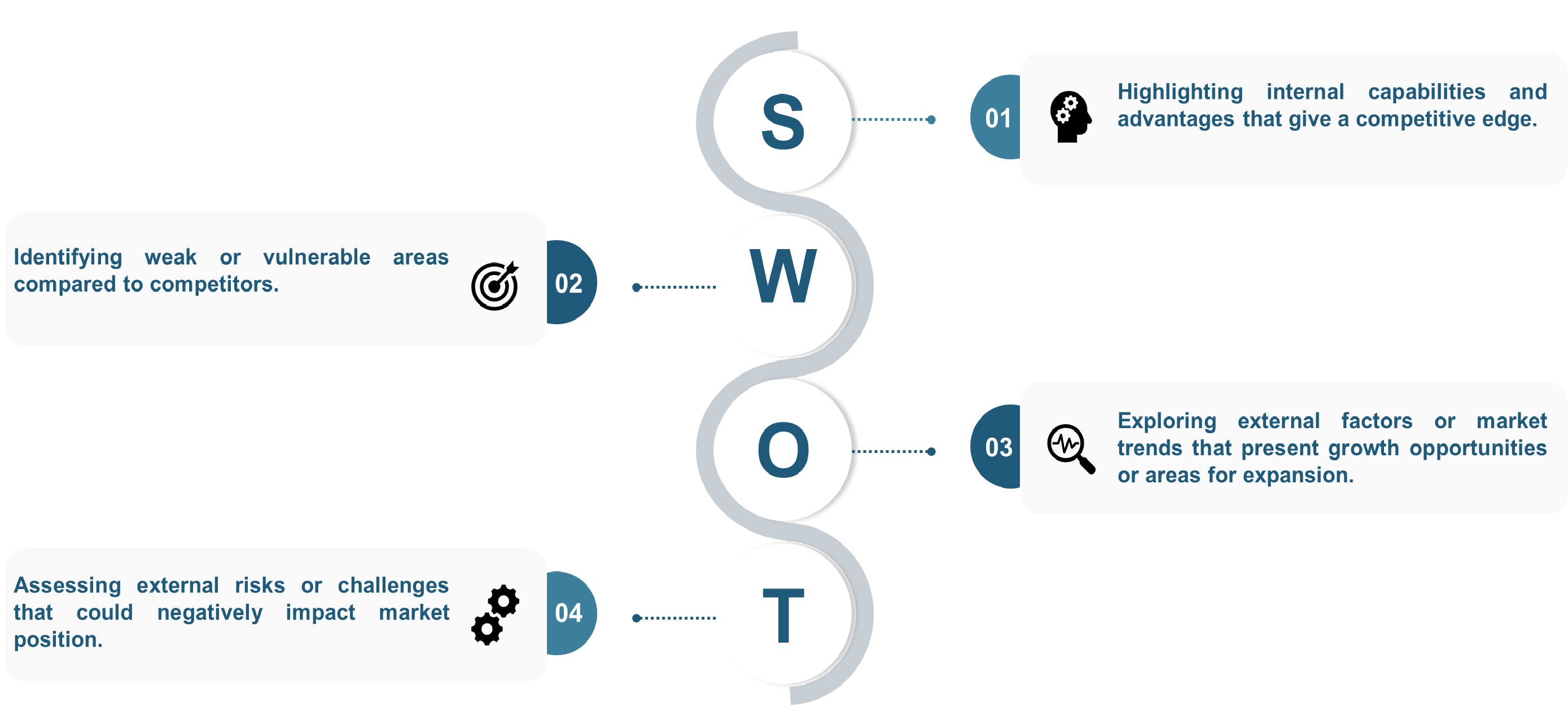

 Speak to Our Analyst
Speak to Our Analyst




